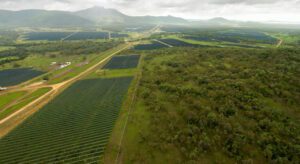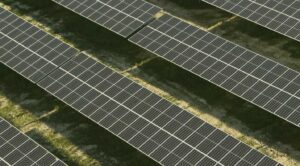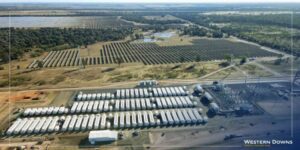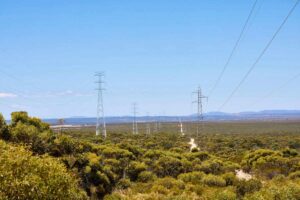The Australian solar industry has warned that the rooftop solar PV market could follow the disastrous sales disaster of the solar hot water market if changes are made to the renewable energy target.
There has been huge debate around the potential impact of the rooftop solar market should the small-scale component of the RET be removed.
Everyone agrees that such a decision will cause a short-term slump in the market – the question is over the depth and duration of that slump, and if the market can recover.
Some, such as Bloomberg New Energy Finance, suggest that solar PV sales over the longer term will be unaffected whatever is thrown at the sector, but it concedes a small short-term fall.
ACIL Allen, the modellers for the RET Review panel, suggests a 30 per cent slump in the short term before the market recovers to its previous trajectory by 2030.
The solar industry, however, warns that the slump could be much more severe than that – possibly causing the market to shrink by half, pushing thousands of businesses and employees out of the market.
Ric Brazzale, from Green Energy Trading, and head of the REC Agents Association, points to the experience in the solar hot water industry, which is now just one third of its former size following unexpected policy changes in 2012.
Brazzale says the solar PV market has already fallen by nearly half since state-based feed in tariffs were wound back and the REC multiplier was reduced to one. The market is currently headed to around 200,000 installations this year, but this could fall in future years if dramatic changes were made to the SRES (the small-scale scheme).
Brazzale said current estimates for the solar PV market in Australia for 2014 were around 740MW, including 120MW for the rapidly emerging commercial solar PV sector. (See table at end of story).
“We might have ongoing market of 200,000 systems if we have policy support,” he said. “But if that policy support is removed, we could see a similar decline that we saw in solar hot water.”
Brazzale said there was a danger that the SRES could be scrapped completely, or that other changes could happen is reduced threshold level, and the reduction in the deeming level.
Scenarios modeled by the RET Review panel suggested a change in the deeming period from 15 years to 10 years, before scrapping the scheme at the end of the decade, could be the best outcome.
Deeming refers to the expected output from a solar system over a certain period. This is used to calculate the upfront rebate from the cost of a solar system.
“The SRES is important to make solar affordable to all and is the one remaining policy measure for the industry,” Brazzale said. “It is working as expected. There is no need to change it.”









